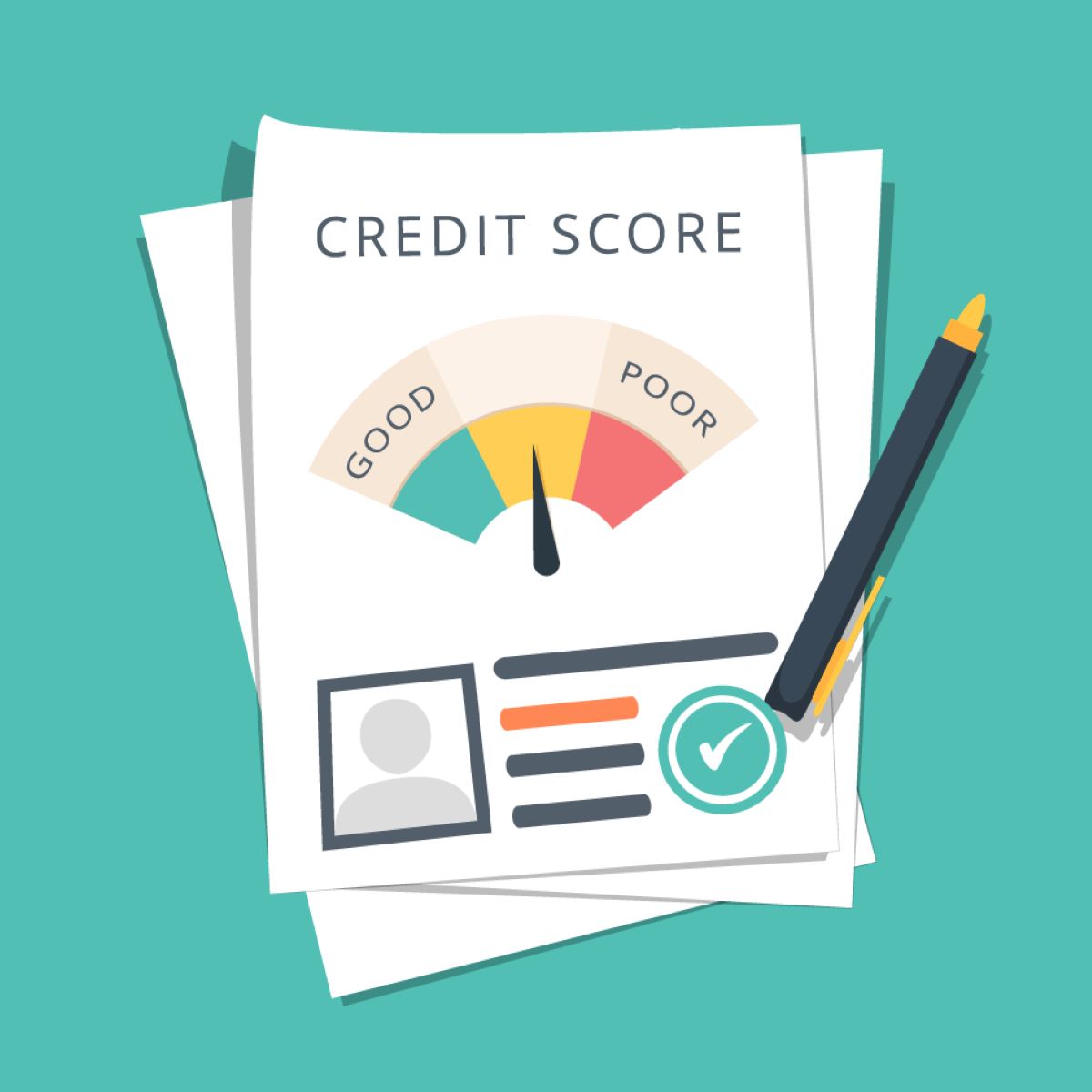

Finance
7 Ways to Lower Your Mortgage Payments
Published: January 2, 2024
Discover seven innovative strategies to reduce your monthly mortgage payments and take control of your budget, without sacrificing other financial commitments. Explore expert tips now!
(Many of the links in this article redirect to a specific reviewed product. Your purchase of these products through affiliate links helps to generate commission for LiveWell, at no extra cost. Learn more)
Mortgage payments take up a big part of your monthly budget and can sometimes be hard to keep up with, particularly when facing financial difficulties. The massive chunk of cash a mortgage takes may result in other financial commitments being neglected. Monthly mortgage payments can also leave you with very little to live on.
Minimizing your mortgage payments frees your budget, making it easier to manage your monthly budget. Reduced mortgage payments eliminate the risk of mortgage loan default while leaving you with enough money to cater to other commitments. Discussed below are seven ways to lower your mortgage payments.
1. Refinance your mortgage
Mortgage refinancing means replacing the current home loan with a new one. The new loan, which may come from the same or different lender, repays the old mortgage, and the account is closed. Upon refinancing your mortgage loan, you’re bound by the new mortgage loan terms until it’s fully repaid or refinanced again. Your first mortgage provider may not always be the best option, which is why you should compare various mortgage lenders and the products they have to offer. Reputable firms like Associates Home Loan have favorable loan terms and rates.
If you’re struggling financially and want to reduce your monthly mortgage payment, a refinance can help prolong your loan term while giving you a reduced monthly repayment requirement. Since your mortgage loan interest rate determines the cost of your loan, refinancing can help you leverage a lower interest rate. However, the interest rates in the market must have fallen, or your credit score must have risen enough for you to be eligible for a lower-interest-rate mortgage. If your mortgage loan has restrictions and extra fees you wish to eliminate as time passes, refinancing can help you achieve it.
2. Consider mortgage recasting
Recasting a mortgage involves lowering your mortgage balance via a lump-sum payment followed by reduced monthly payments until the loan is paid off. Your lender then re-amortizes your mortgage with a new, reduced balance. Your loan term and interest rate stay the same. However, you can reduce your monthly payments because your principal is reduced. Note that not all mortgages qualify for recasting. Not every lender provides mortgage recasting. To be eligible for a recast, you:
- Shouldn’t have a government-backed loan: Government-backed loans, including FHA, VA, and USDA, cannot be recast
- Must attain minimum principal reduction standards: Many lenders require you to pay a minimum cash amount towards the principal to qualify for a recast
- Must attain a lender’s payment history requirements: A lender might require you to have a timely payment history before recasting your mortgage
- Must fulfill equity requirements: You may be required to have a specific equity amount in your loan before qualifying for a recast, which can be a percentage of your principal or a fixed amount
Recasting your mortgage doesn’t require you to meet certain credit score requirements. Unlike mortgage refinancing, a recast doesn’t involve waiting for an appraisal.
3. Get rid of private mortgage insurance
Private mortgage insurance (PMI) protects the lender by reimbursing them if you can no longer pay your mortgage and the home is foreclosed. Although mortgage insurance comes in handy when you cannot afford a significant down payment, you have several reasons to get rid of it as soon as possible, including reducing monthly payments.
Generally, mortgage insurance costs around 0.5% to 1.5% of the loan amount per annum. If you have a $300,000 mortgage, this can be equivalent to $1,500 to $4,500 per year. These costs add up over a few years. As such, getting rid of the PMI can help lower your mortgage payments, saving you extra funds that you can redirect towards other financial goals, including retirement savings or building an emergency fund.
4. Look for affordable homeowners insurance rates
While homeowners insurance isn’t a part of your home loan agreement, most homeowners decide to have their premiums rolled into their mortgage payments. If you’ve incorporated homeowners insurance into your mortgage payments, shopping for affordable insurance rates is the best way to reduce your monthly payments. Although homeowners’ insurance may be influenced by several factors, researching several insurance companies, getting their quotes, and comparing them to find the best deal.
If your home has fire alarms, security systems, or other features, you can save money on homeowners insurance. Combining your homeowners’ insurance with other insurance policies, like car insurance, can help you get better rates. You can also raise your deductibles to ensure lower insurance premiums. In addition, reviewing your coverage can help ascertain you aren’t paying for what you don’t need.
5. Extend your mortgage term
Increasing your mortgage loan term means paying less monthly but over an extended period. Since you’ll be repaying your mortgage over a longer timeframe, the interest rate will be higher, translating to a higher loan cost. This option comes in handy for those with interest-only mortgages.
Extending your mortgage term can be helpful if you have new substantial monthly costs to factor into your budget. You can also increase your loan term if you’re at the end of a fixed home loan and interest rates are set to go up, making payments at new terms unaffordable.
6. Overpay your mortgage
Mortgage overpayment means paying more towards your home loan than stipulated in your mortgage loan agreement. A lender sets a minimum amount you should repay each month. However, you can go over that level by making:
- Regular overpayments
- A one-off lump-sum overpayment
- Combining these two options
With mortgage overpayments, you can significantly reduce your overall interest rate by lowering the outstanding mortgage balance, minimizing your monthly payments, or becoming mortgage-free earlier than anticipated. Before overpaying your mortgage, determine if your loan provider has limitations on overpayments because rules regarding this subject differ between mortgage lenders and products.
7. Leverage an interest-only mortgage
An interest-only mortgage is one where your monthly repayments involve repaying the interest for a specified period. You then repay the principal amount in subsequent payments or as a lump sum at a predetermined date. Excluding the principal amount from your payments helps minimize your monthly mortgage payment. This results in better cash flow while making it easier to manage monthly expenses.
Endnote
Keeping up with mortgage payments while meeting other financial goals can be challenging, especially when experiencing financial challenges. However, implementing these tips can help lower your mortgage payments.














